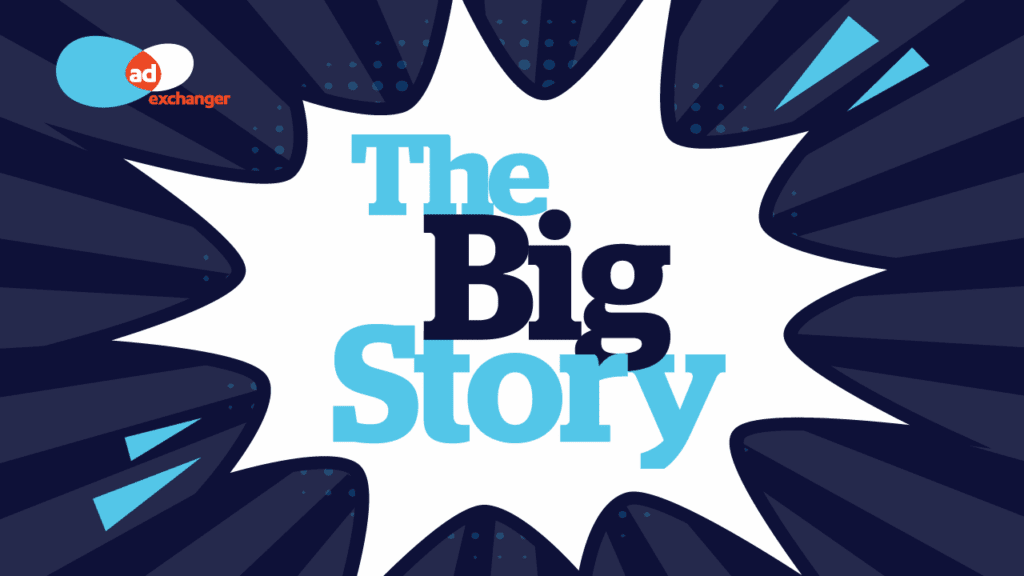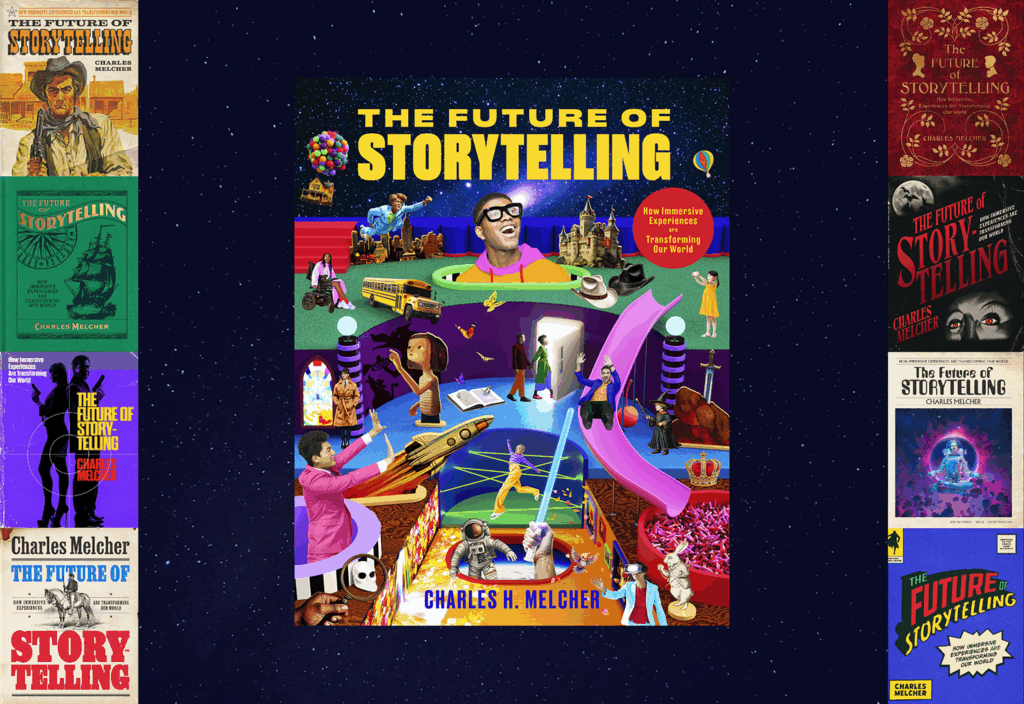The role of creative director is fast evolving as technology and the bottom line play a much greater role. Geometry Global recently hired two executive creative directors, Laura Johnston in Chicago and John Munyan in San Francisco.
 Johnston (right) spent almost 20 years working in the consumer activation space for agencies such as Upshot, Zipatoni and DraftFCB, where she earned both a Shopper Marketing Effie and Gold Reggie award for her work on the U.S. Postal Service.
Johnston (right) spent almost 20 years working in the consumer activation space for agencies such as Upshot, Zipatoni and DraftFCB, where she earned both a Shopper Marketing Effie and Gold Reggie award for her work on the U.S. Postal Service.
She has worked on Fortune 500 clients including Coca-Cola, Procter & Gamble, Visa, Harley Davidson, Jack Daniels, Microsoft, SC Johnson, Levi’s and Absolut Vodka. Most recently, Johnston worked as Senior Vice President of Strategic Planning at The Jellyvision Lab, a Chicago startup specializing in interactive communication.
Chief Marketer caught up with Johnston to discuss the changing role of the creative director.
CHIEF MARKETER: How has the role of creative director changed over the last year or so?
JOHNSTON: I’ve found myself starting to work more like a software developer than a traditional creative director. Gone are the giant group brainstorms and days upon days to ponder one project. Now, we work in sprints and hold daily standups. Work gets shared and reviewed using IM or Skype instead of a big group grope. It’s something we’re experimenting with as a new work style. And in several cases, it’s been pretty helpful.
CM:What is the biggest challenge for creative directors?
JOHNSTON: Doing more with less. As clients’ marketing budgets come under increasing scrutiny, so then do our timelines and resources. So we’ve had to be a bit creative with how we produce great work nimbly. Great work doesn’t get off the hook in that equation, either. Just because something may be a simple coupon or one-off shelf sign, we still need to take care to make it great. A challenge? Yes. But that’s what makes our jobs fun.
CM: How have clients’ expectations changed over the last year?
JOHNSTON: Clients have less and less tolerance for flaky, ego-driven creative types. They are too budget-strapped and busy to waste time indulging anyone who doesn’t genuinely want to help them move their business forward. They expect realistic solutions more nimbly than ever before. And want to be reasonably confident that any ideas you present will deliver great results. In fact, this insight was one of the major things that attracted me to Geometry Global. A group of smart, hard-working folks ruthlessly focused on precision activation for clients? Yes, please! I’m very happy to be a part of an agency with these values.
CM: What are clients top three expectations?
JOHNSTON:
NO 1. Listen. Like you mean it.
NO. 2 Understand their business.
NO. 3 Deliver solutions they never knew they wanted. But now can’t imagine living without. (Easy, right?)
CM: How does generating revenue now fit into your role?
JOHNSTON: Responsibility for margins and revenue is really important for creative leaders. If you don’t know how your agency makes money, what your operating margins are and how your folks are allocated against clients, how can you make intelligent staffing decisions? And yes, I know a thing or two about Excel (Shhh! That’s secret!). I’m also very much responsible for generating incremental revenue. Ideas that are useful for our client’s businesses, but perhaps not part of a set retainer or agreed upon SOW are key. It’s a vital part of my job to ensure that we are always bringing our clients great ideas that propel their businesses forward, whether part of a retainer/scope of work or not. In fact, this is one of my favorite parts of the ECD job.
CM: What process do you use to translate consumer insights into effective creative?
JOHNSTON: It’s really a thought process, versus a “follow-a-flow-chart” process. Always try to keep the mental kitty full—even if you don’t have an assignment or client need for something right now, odds are, if you observe something you think’s interesting, you will find it useful in the future. At Geometry Global Chicago, we’re building a live, real time inspiration wall where people will post idea upon idea upon insight upon idea. It’ll be a physical space to collect and revel in some great thinking.
CM: How has the role of IT changed in the creative process?
JOHNSTON: Our IT manager, Pete, is our MVP. Seriously. If the tech doesn’t work, then we can’t work. Additionally, the way that Pete’s set up all of our systems, smart phones and such, our team is able to work seamlessly wherever, whenever. Creativity doesn’t happen solely between 9-and-5, and now that the tech’s caught up to that idea, there’s a lot less scribbling on cocktail napkins and a lot more collaborating on things like Skype, Google Hangouts, etc. Although I do still love a good cocktail napkin scribble.
CM: What two questions do you think brands would like to see asked and answered here?
JOHNSTON: NO. 1. How do I create a seamless omni-channel shopping experience for consumers? (Because that’s what they expect.)
Idea one: No dead ends. Have every communication lead to the next possible communication with your consumers and shoppers. It’s a passion point here at Geometry Global. We really think about the shopper’s journey, and what message connects best in which context … and how that message leads to the next message and so on …
Idea two: Consider your planning cycle. Often brands plan so late in the game that they aren’t able to take full advantage of shopper marketing and brick and mortar retail opportunities. By planning just a little farther out (18-24 months ideally), you’ll be able to seamlessly connect your different brand experiences and move shoppers from mobile to store and everywhere in-between.
NO. 2 Do I need an e-commerce strategy?
Yes. You needed it yesterday. Even if you sell something like peanut butter. The way people buy will change dramatically in the next 18 months. Look at the rise of Instacart and Peapod as cues for the future of buying, especially in the CPG categories. And while you’re at it, reconsider how you’ve approached brick-and-mortar retail, too. That won’t go away, but it will evolve. Shoppers will demand richer experiences, as evidenced by the rise of entities like Story in New York.
CM: What keeps you up at night?
JOHNSTON: My kids. In all seriousness, what concerns me is devolving partnership model between agencies and clients. To get to brilliant work, both sides need to build trust. That takes time; and a bit of history together. You have to go through a thing or two together to get to that great place where both organizations trust each other enough to take risks. And risks are where you find gold. Business-building gold.



